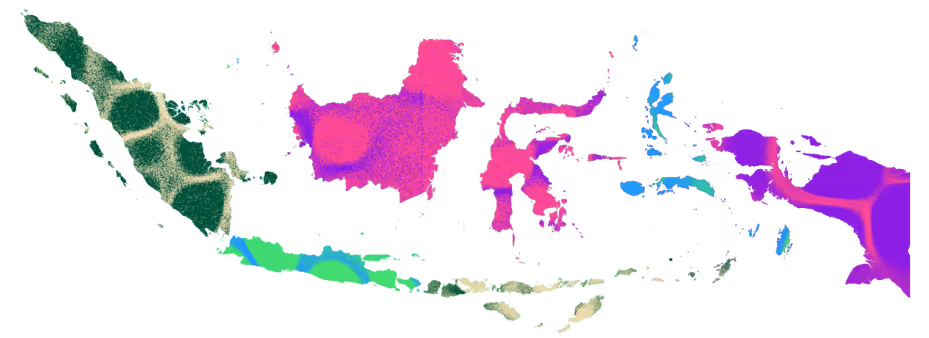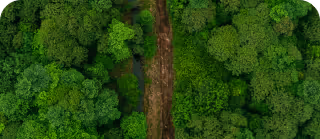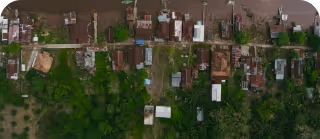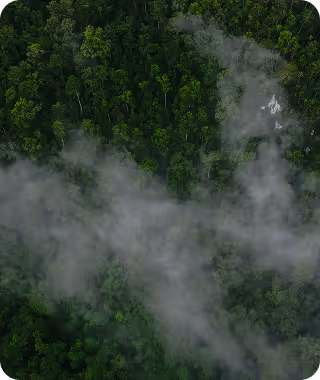| Sumatra Merang Peatland Project |
| 22,920 |
| Wetlands Conservation and Restoration (WRC), Afforestation, Reforestation, and Revegetation (ARR) |
| Credits: ARR, WRC |
Conservation and Restoration Projects

Sumatra Merang Peatland Project
22,920 Ha
Kepayang Village Forest Project
4,888 Ha
Misool Marine Protected Area
122,000 Ha
Bengkawan Hills Forest Project
37,000 Ha
Etna Yamor Forest Papua Project
180,000 Ha


| Kepayang Village Forest Project |
| 4,888 |
| Wetlands Conservation and Restoration (WRC) Afforestation, Reforestation, and Revegetation (ARR) |
| Credits: ARR, WRC |

| Misool Marine Protected Area |
| 122,000 |
| Marine Conservation Project |
| Credits: Blue Carbon |

| Bengkawan Hills Forest Project |
| 37,000 |
| Forest Restoration Project |
| Credits: ARR, REDD |

| Etna Yamor Forest Papua Project |
| 180,000 |
| - |
| Credits: - |
Forest Carbon’s portfolio is built on a balance of conservation and restoration in collaboration with local communities. Each unique ecosystem plays a role in shaping a sustainable future while generating premium-quality environmental credits for a growing market.
About us
Sumatra Merang Peatland Project
The Sumatra Merang Peatland Project (SMPP) focuses on restoring 22,000 hectares of rainforest in South Sumatra. This project uses advanced hydrology engineering to re-wet peatland, preventing forest fires, promoting forest regrowth, and protecting endangered species like the Sumatran tiger.

Kepayang Village Forest Project
The Kepayang Village Forest Project Project is a community-led initiative in South Sumatra that protects and restores 5,000 hectares of peatland and rainforest. Acting as a buffer for the Sumatra Merang Peatland Project and connecting to Berbak National Park, it creates a critical biodiversity corridor in a landscape dominated by commodity plantations.

TOWARDS ONE
MILLION HECTARES
More Projects Coming Soon